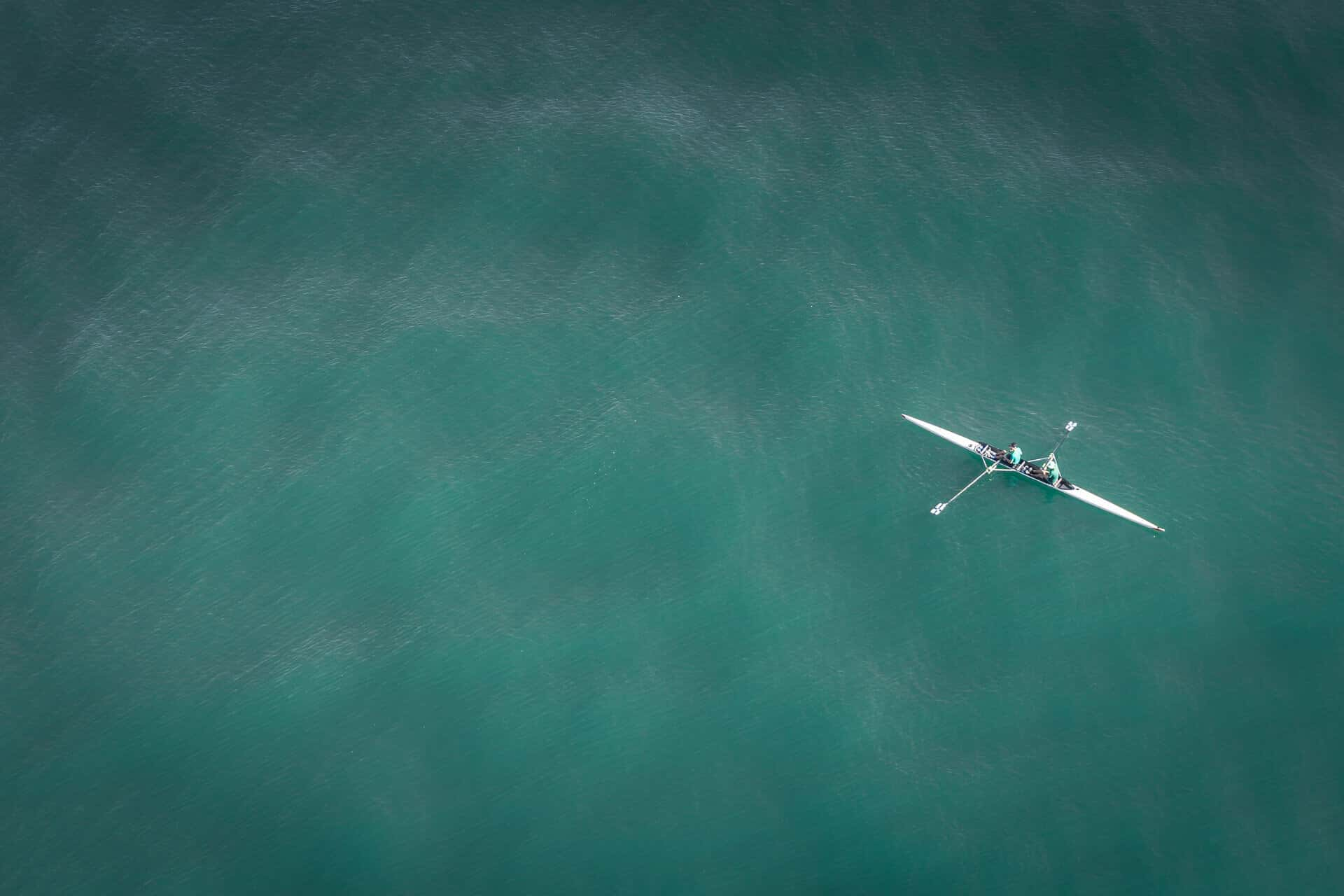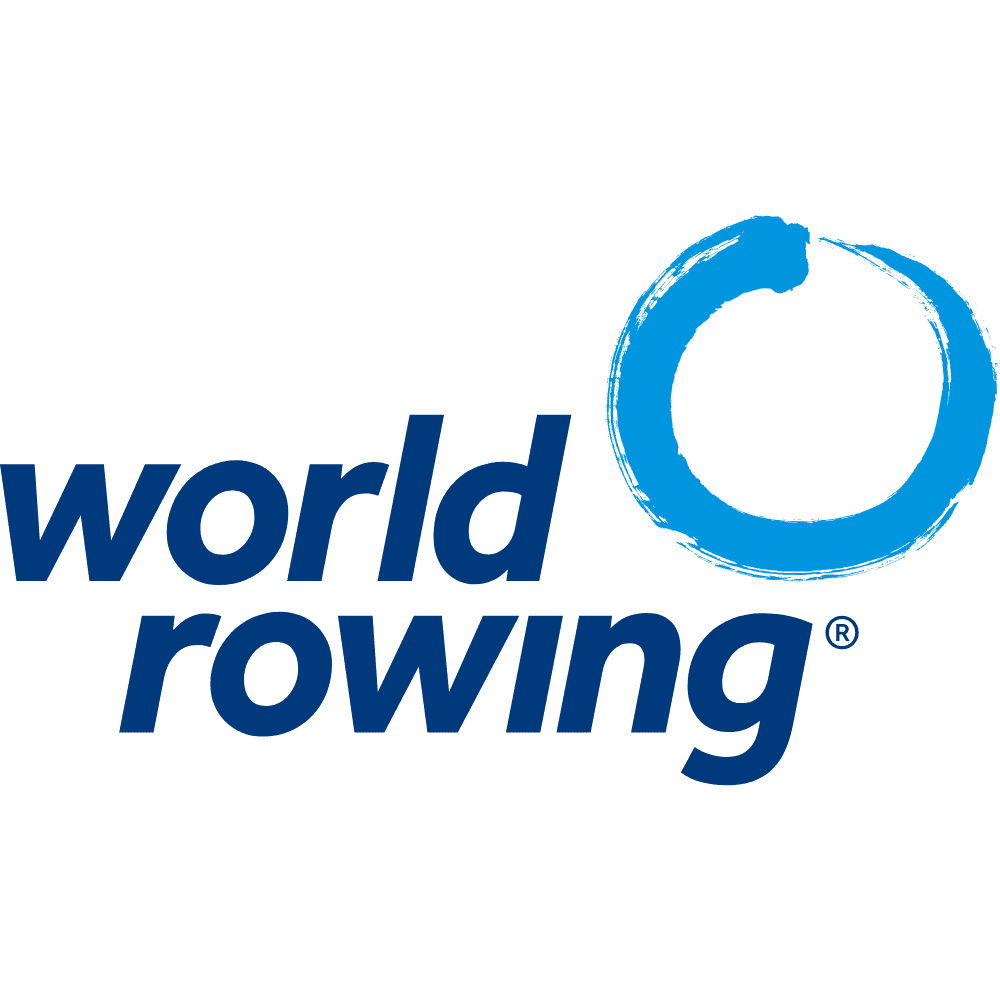
History
The origin of rowing
The boat was mankind’s most significant mode of transport for centuries and the oar is considered to be the most important invention before the wheel. The first representation of a rowing boat was discovered in Finland and dates back to 5 800 BC. The earliest regatta was held on 16 September 1274 in Venice, Italy, where regattas developed as challenges between gondoliers and boatmen in a variety of rowing boats. Rowing has evolved all over the world wherever people and water mix. The origin of the sport of rowing as we know it today comes from England, where the world-renowned Oxford versus Cambridge University Boat Race was first held in 1829 on the River Thames.
The creation of World Rowing
In the second half of the 19th century the number of clubs increased and associations were set up. The popularity of rowing continued to grow, and the need arose for a uniform set of rules. Louis Choisy (SUI), who was to take over the administration of World Rowing (originally created as FISA) for many years, explained how the international federation came about in the following terms :
“Race rules differed from club to club. Different texts were used in Gand, Zurich and Como. The distance varied between 3000 and 4000 m with several turns. We tacked round a buoy, a post or a ball, sometimes round a single turn, sometimes round three laid out in a triangle, some to port, some to starboard. There were no restrictions on the construction and equipping of craft!
You can imagine what it was like when there were three different types of craft competing together! Finally, there was complete liberty on the subject of prizes. Amateurism was practically unknown; bookmakers laid the odds, members of the jury and the oarsmen themselves were the keenest gamblers. The jury reigned supreme and settled any dispute; the arbitration judge did not exist. It became imperative to emerge from this chaos.”
Thus the plan to set up a federation, which would unify all those different clubs, was favourably received. To fulfil this need, the bureau of the Belgian Federation of Rowing Clubs decided to bring together delegates from the different rowing nations in a congress.
Before we look at this congress it should be mentioned that this federation had set up a European Championship in 1890. This event only covered one category of boat – the sculling outrigger. It was held on 21st September over a distance of 2840 m in a straight line on the Terneuzen canal at Cluysen-Terdonck. Edouard Lescrauwaet of “Sport Nautique de Bruges” won in 12 minutes and 8 seconds. On 21st July 1891, at Brussels, representatives of associations in five countries (BEL, FRA, HOL, ITA, SUI) met under the chairmanship of Hector Colard, the President of the Belgian Federation. The congress members agreed to define the amateur oarsman and decided to meet again in Turin the following year to draw up an international racing code.
On 13th September 1891, a European Championship was held once again. Five Belgian scullers and one Ch. Hahn from Strasbourg, were entered. Edouard Lescrauwaet of the “Société Royale Nautique” of Antwerp raced home in 11’34”.
On 21st July 1891, the Belgian federation proposed the setting up of an international union of rowing clubs.
On 25th June 1892, the following congress members met at Turin (ITA):
- Giovanni Giorguli (AUT) for the Trieste Regatta Club, made up of all the Adriatic clubs;
- Hector Colard, Aimé Duhot and J. de Dryver (BEL) for the “Fédération Belge de Sociétés d’aviron”:
- Count R. Biscaretti (Alsace-Lorraine) for the Strasbourg Rowing Club;
- P. V. Stock (FRA) for the “Union des sociétés d’aviron”, the “Fédération des sociétés nautiques du Nord” and the “Union des sociétés d’aviron du Nord-Est” ;
- M. Frilet (FRA) for the “Fédération du Sud-Est”;
- L. Guittard (FRA) for the “Union nautique du Sud-Est”;
- Count E. de Villanova and L. Capuccio (ITA) for the Italian Rowing Club;
- A. Séguin (SUI) for the “Société nautique de Geneve”
The “Real Club” of Barcelona, although it was not represented, declared in advance its adherence to the decisions of the meeting. As for the Amateur Rowing Association of London, it was unable to send a delegate but did send its best wishes for the success of the congress. The work achieved led to the setting up of the “Fédération Internationale des sociétés d’aviron”, the first of the International Sports Federations.
Rowing at the World Rowing Championships
The first World Rowing Championships was staged in Lucerne, Switzerland in 1962. Initially held every four years, the championships soon became an annual event. It is the biggest annual World Rowing event. The 2019 World Rowing Championships were held in Linz-Ottensheim, Austria with 1 200 athletes from 80 nations competing.
Women’s boat classes were included in the World Championship programme from 1974, with lightweight categories for both men and women featuring annually from 1985. In 2018 the championship programme became gender equal with the same number of boat classes for men and women. Para rowing was integrated into the World Rowing Championships programme in 2002. Originally raced over 1000m, in 2017 the length of racing changed to 2000m.
Rowing at the Olympic & Paralympic rowing regattas
Rowing became an Olympic sport in 1896, at the first Olympic Games of the modern era held in Athens, Greece. Rough seas in the Piraeus harbour, however, forced the event to be cancelled which is why rowing won its first Olympic medals four years later in Paris. Women’s events were added to the Olympic programme in 1976 and lightweight events in 1996. Para rowing first appeared at the Paralympic Games in 2008.
The boats
Boats, or shells, were traditionally made from wood. Top level boats are now fabricated from composite materials such as carbon fibre and kevlar. The width of boats varies from approximately 30cm for a single scull and up to 65cm for an eight. A small fin is fitted beneath the boat for directional stability. A rudder is attached to the fin or the stern for steering (except on most sculling boats). A white ball (bow ball) is attached to the bow for safety as well as for judging precision of the start and finish of races. A splashboard prevents waves from splashing water aboard. Seats are fitted with wheels which roll on runners or tracks.
The oars
Oars are hollow to reduce weight, attached to the boat by adjustable outriggers. The size and shape of oars is unrestricted, the average length of a sweep oar is 3.70m and of a scull 2.85m.
As a sport, rowing began in England in the 17th century. Below you can find various websites that relate to the history of rowing in different parts of the world.
National Rowing Foundation – USA
History of the French Rowing Federation
History of the Italian Rowing Federation

